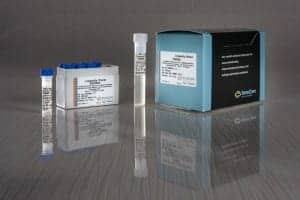CLIA has mandated a Control Lot Verification in which new controls have to be run as patients and compared to the values of the old Controls. This would be a precaution to know if the controls are indeed working and are suitable for use in the lab. Since the values of the new Control lots would differ (slightly) as the case may be, my question Dr. Ehrmeyer is,is this procedure an accurate and necessary procedure for any lab? Thanks in advance. Cliffside Park, NJ
CLIA (and for that matter CAP, TJC, COLA) require new shipments of current lot numbers be evaluated (verified) before placing into use. This assures that nothing has happened to the product in shipping. So the check consists of taking a sampling of the new shipment, assaying the material like patients, and then checking the results. Since the controls are the same lot numbers as that now in use, the results should fall within the current and predetermined range of QC acceptability.
If a control lot number differs from what is currently being used, the test site will need to assay the new lot number(s) along with the current control materials. The current lot number is used to verify the acceptability of the method. The values obtained for the new lot number(s) would be used to determine mean and SD. As discussed in an earlier question, statisticians recommend at least 20 values collected over 20 days for these determinations. (see earlier question regarding modifications for lots with limited stability / infrequent testing)
end faq
{accordionfaq faqid=accordion22142 graybarfaq arrow headerbackground headerborder contentbackground contentborder round5}



